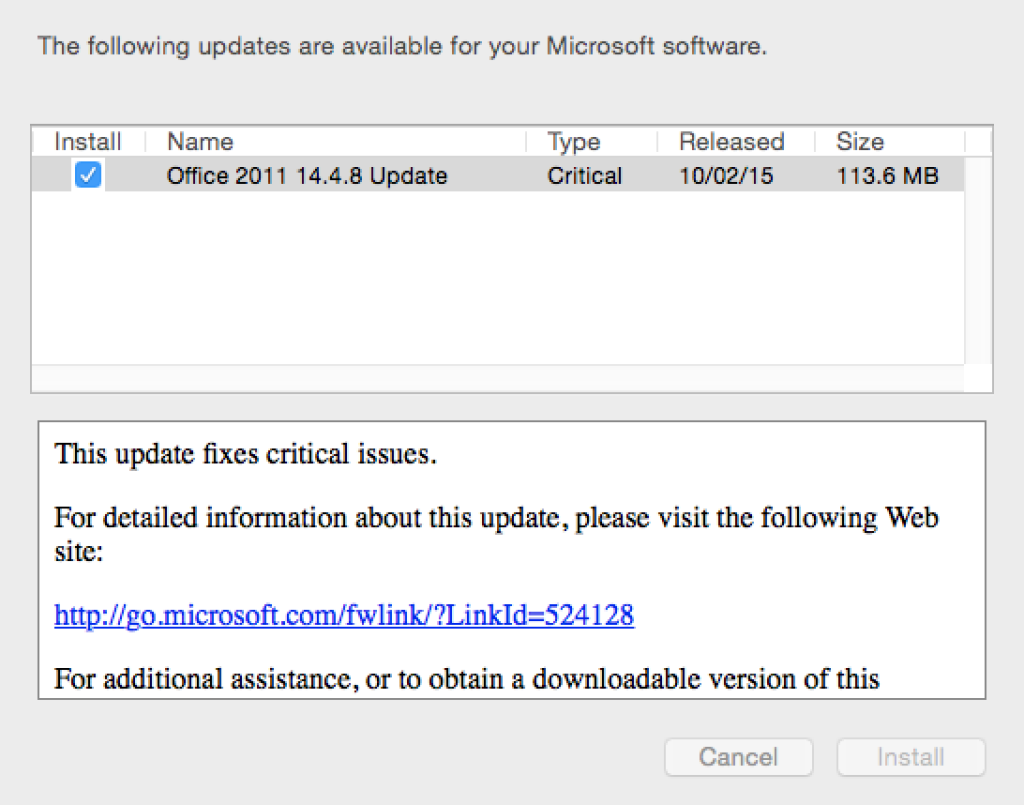Word For Mac 2011 Normal View

Question: Q: Cannot save file in word for mac 2011 When I tried to save a word file, the system keep telling me 'this file is being used by another program, please save again' then the file name turned into something like 'Word Work File L_230232796.tmp' and I have to choose another name for the file. Or even Word for Mac 2011? Separately, is there any other feature or set of commands I can use to achieve the same results, in either the older or newer version of Word for Mac? Many thanks for any guidance you can offer. I installed OS X about two weeks ago and I just updated Word to 14.1.2 My original normal.dotm set my default type face as Times New Roman, set my margins, and included five macros I rely on heavily in my work. It also had a customized toolbar. When I open Word now I get a blank page wth Cambria type face, no Macros, and no toolbar. Open a new document in Word 2011. Click the Page Layout tab. Click the Margins button in the Page Setup group. Select Normal.
By The Notebook Layout view in Word for Mac 2011 for Mac has so many uses. Notebook Layout View is great for students who jot notes, office workers who attend meetings, assistants who track tasks, and professionals who need to record meetings with clients. Notebook Layout has its own special tabs on the Ribbon: Home, Appearance, and Audio Notes, which we discuss next. Notebook Layout view has the following features: • Section tabs: Click a tab to choose a section of your document. • Add section: Click the plus sign to add a section to your document. • Show Audio Markers: Click this button to display or hide all the audio markers within a document. Click in the left margin next to any text to display the audio marker associated with that text.
• Customize Workspace: Choose a workspace beautification option. To see how Word Notebook Layout view looks and works, open a new, blank Word document in Notebook Layout view by following these quick steps.
How to get data analysis tool in excel for mac. The sections and links are presented in the order you’d need if you were just starting out – the first link describes where to find the new functionality in Excel, the next section points you to a Getting Started Guide, and then you find links to tutorials, and community connections. How do I use Get & Transform? We update these links when additional resources are available, so check back often.
• Choose File→New from Template from the menu bar. • Double-click Word Notebook Layout. Right away you can see that Notebook Layout view is very interesting; it looks just like a notebook, complete with (optional) spiral bindings and (optional) lined notebook paper. The Ribbon looks different, too, with all sorts of new controls on it. If you take a quick peek at the Word menus, you’ll see that many of the menu items are different.
You can use most, but not all, of Word’s Print Layout features in Notebook Layout view. When you’re typing in Notebook Layout, think in terms of writing an outline. Here are some guidelines that will help: • Use Return to end a paragraph. If you’re using the microphone to record, pressing Return adds an audio marker. We cover recording audio in the next section.
• Use the Tab key to indent; use Shift-Tab to outdent. Think of each level of indenting as a Note Level.  No indenting is Note Level 1; the first indent is Note Level 2, and so on. Note Levels are styles, so you can see and set them in the Style tab of the Toolbox as well as on the Ribbon.
No indenting is Note Level 1; the first indent is Note Level 2, and so on. Note Levels are styles, so you can see and set them in the Style tab of the Toolbox as well as on the Ribbon.
Word For Mac 2011 Tables Blank On Left Side
For Mac has several that let you edit and view your slides. The most often used view (and this is the default view as well) is Normal view (see Figure 1 below) that displays one slide at a time in the Slide Area. Normal view is great for editing individual slides, and shows PowerPoint's typical tri-pane interface that includes the, the, and the. Figure 1: Normal view To navigate to the next slide you can use the vertical scrollbar on the Slide Area, or the Next and the Previous buttons located at its bottom. You can also use the Page Up and Page Down keys to navigate between the slides.